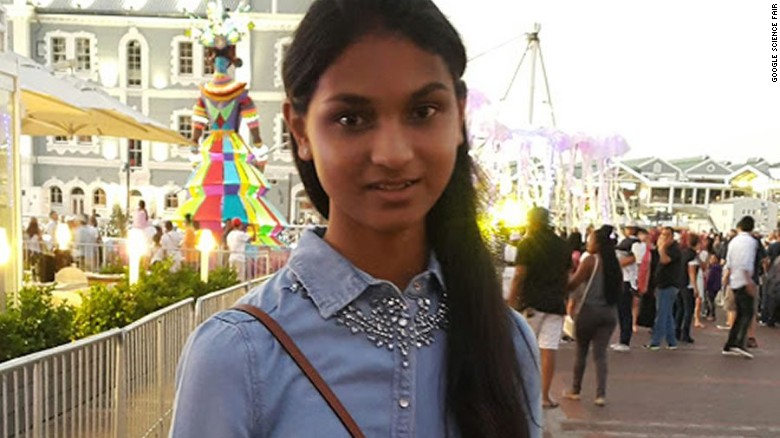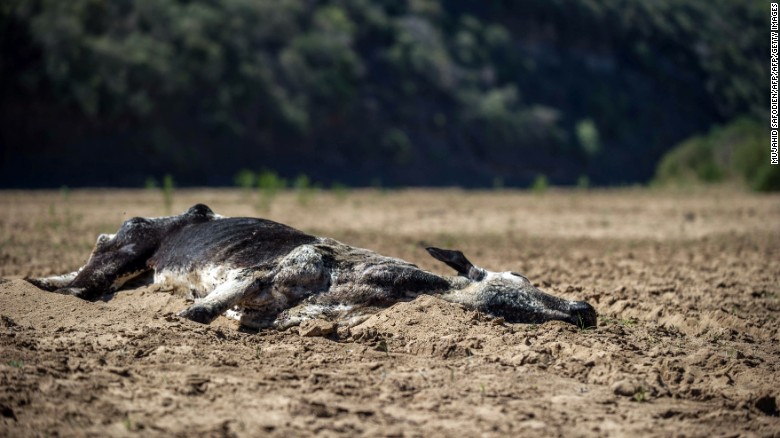Working our way out of ecological challenges is fostering historic entrepreneurship. Start ups are attacking every conceivable problem. Are we glad we've pushed ourselves to critical levels of environmental damage. No. But clawing our way back, balancing life in a triple-bottom line win, represents our greatest potential economic gain as well.
By Kieron Monks, for CNN

CNN)South Africa's worst drought in recorded history has left eight of the country's nine provinces in a state of disaster, with thousands of communities and millions of households facing water shortages.
The agricultural union Agri SA has requested over $1 billion in government subsidies to help farmers through the crisis, but a cut-price solution could soon be available -- from an unlikely source.
Johannesburg schoolgirl Kiara Nirghin, 16, recently won the Google Science Fair's Community Impact Award for the Middle East and Africa with her submission "No More Thirsty Crops."
Using orange peel and avocado skins, the precocious student created a super absorbent polymer (SAP) capable of storing reserves of water hundreds of times its own weight, forming reservoirs that would allow farmers to maintain their crops at minimal cost. The polymer has the added benefit of sustainability as it uses recycled and biodegradable waste products.
"Kiara found an ideal material that won't hurt the budget in simple orange peel, and through her research, she created a way to turn it into soil-ready water storage with help from the avocado," said Andrea Cohan, program leader of the Google Science Fair.

The inventor says she wanted to tackle the most urgent aspect of the national crisis.
"I wanted to minimize the effect that drought has on the community and the main thing it affects is the crops," says Nirghin, of St. Martin's School. "That was the springboard for the idea."
She describes the process as "trial and error," with a lot of experimentation before alighting on the perfect formula.
"I started researching what an SAP was, and what they all had in common was a chain molecule polysaccharide," Nirghin recalls. "I found that orange peel has 64% polysaccharide and also the gelling agent pectin, so I saw it as a good (option). I used avocado skin due to the oil."
The teenager combined the skin and peel and left the mixture in the sun, where they reacted together to form the powerfully absorbent polym

This comment has been removed by a blog administrator.
ReplyDelete